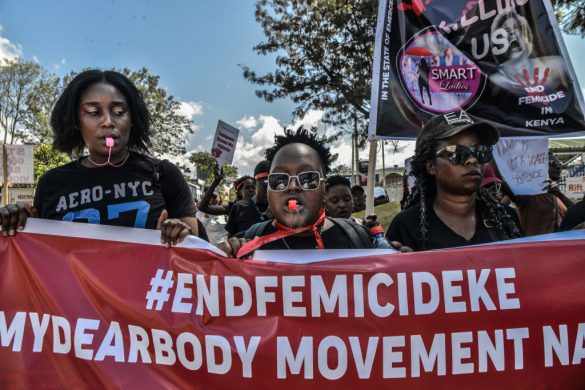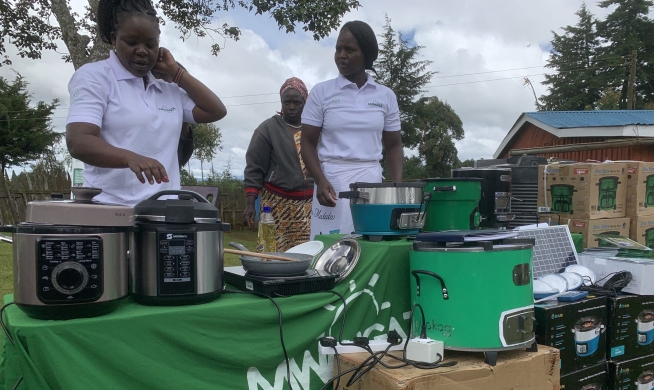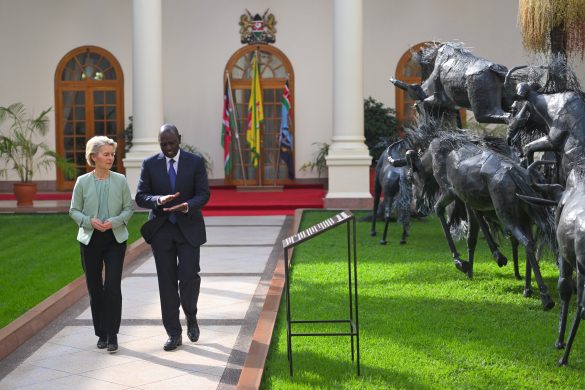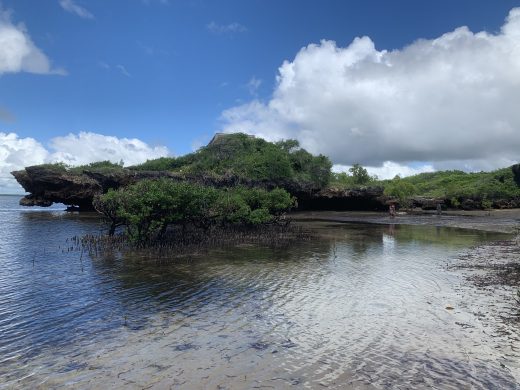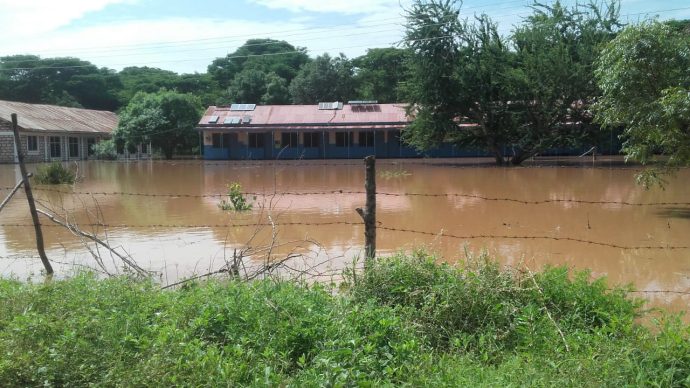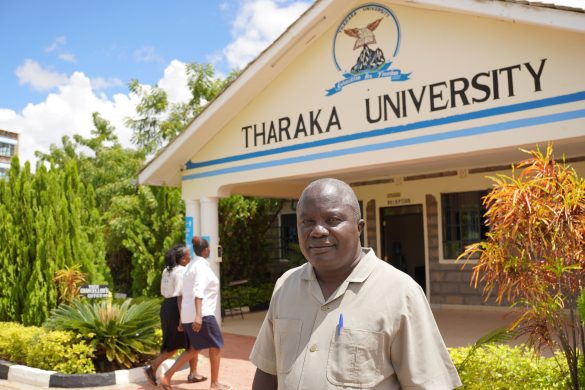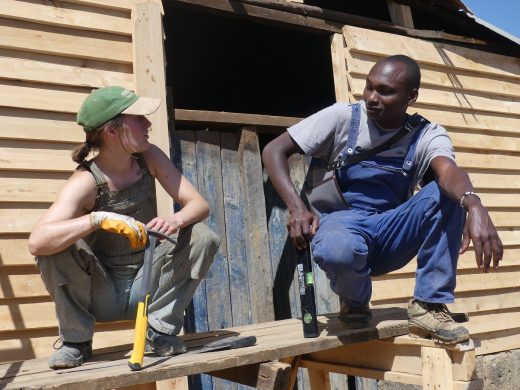NAIROBI, 10 February, 2017 (IFRC): Kenya is currently facing serious drought conditions, a situation that has put about 2.7 million people at risk of hunger.
Some of the affected people are just hoping against hope that somehow the situation will improve, or, that some good Samaritans will appear.
Sadly, many others have already given up.
“The worst and saddest thing is that some people have committed suicide as they could not deal with the suffering, and not one but a number of them,” said Umuro Katelo, a resident of Dukana, Marsabit county.
Marsabit, a county in the north of Kenya, is one of the worst-affected areas of Kenya. Others include Garissa, Isiolo, Marsabit, Kilifi, Kwale, Tana River, Lamu, Mandera, Wajir, Samburu, Turkana, West Pokot and Baringo. All these areas are at the alarm stage of drought classification.
The drought crisis in Marsabit has reached alarming levels. A visit to the area may easily be traumatizing to the fainthearted due to the human misery evident on the faces and bodies of children, women and men whose only choice is to learn how to survive on empty stomachs.
“We have countless challenges. The drought has dried up all our water sources, wiped out our pastures and livestock. The effects are severe and are causing mental problems to some people,”added Katelo as he pleaded for help from the government and humanitarian organizations.
As part of Kenya Red Cross Society (KRCS) interventions, a first appeal was launched in November 2016 to support 114,620 people in five counties (Kilifi, Kwale, Garissa, Tana River and Makueni) reaching 53,832 people. At the time, 1.3 million people were in need of assistance. Now, with an increase to 2.7 million people requiring assistance, KRCS has since revised the appeal in order to target 340,786 people in 13 counties currently at the alarm stage.
Alidema Galgalo, is another resident of Marsabit county who has lost a total of 80 animals out of 115 he owned before the drought.
“I have lost 80 animals and even the 35 left are weak,” said Galgalo. “At this rate, I doubt they will survive past the month of February,” he added with a look of desperation on his face.
Those affected by the drought like Galgalo have been targeted through KRCS interventions with a focus on five key areas; nutrition; direct cash transfers; conditional food vouchers; rehabilitation of key communal watering points; as well as livestock offtake and slaughter.
KRCS continues to respond to the needs of affected communities.
A total of 87,500 people have so far benefitted from cash transfers; 37,500 from food vouchers; another 25,000 from direct food assistance. In addition, 85,000 people have benefitted from animal destocking. Under KRCS health and nutrition, water, sanitation and hygiene programme, a total of 340,786 have been reached.
KRCS has equally launched a resource mobilization campaign dubbed #EmbraceA Family, a social media campaign that calls on all Kenyans, partners and stakeholders to support KRCS in raising drought mitigation funds.
It takes 3000 Kenya shillings (about 30 US dollars) to support one family per month. KRCS is urging well-wishers to embrace either one or more than one family.
According to experts, there is a possibility of a prolonged drought spell until April 2017.






